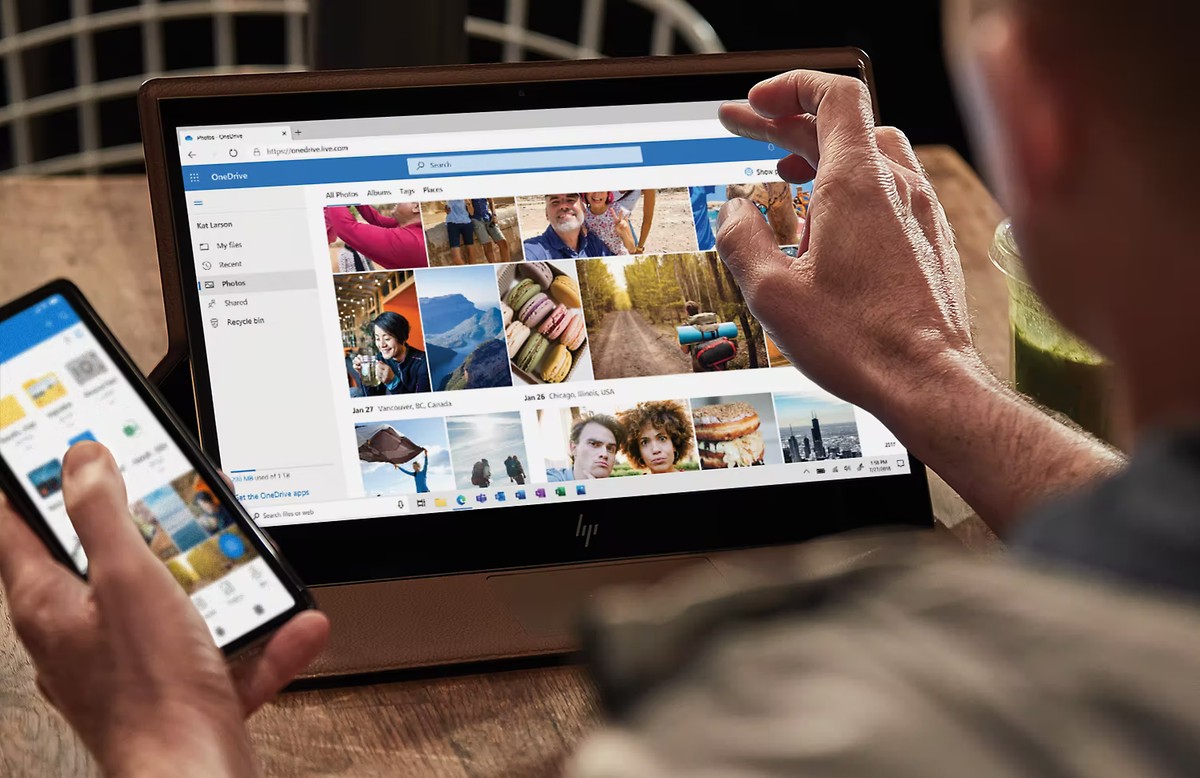Drive Manager

If you have lots of different drives connected to your computer, like hard drives, usb drives, network drives, CD or DVD drives and flash cards then you might have noticed that the functionality to manage those drives effectively is severely limited in Windows. Drive Manager is trying to change that by providing one easy to work with interface for all connected drives.
The portable software will display a list of all connected drives upon execution listing information like the drive letter, available and used disk space, the drive type, the percentage of free space, the vendor and the product ID. Certain types of drives (local, CD/DVD, removable, network, not mounted) can be excluded from the display which can be useful if you need to manage a particular type of drives only.
A double-click on a drive will open the root directory of the drive in Windows Explorer. More interesting than that are probably the Disk Info and SMART buttons in the main toolbar which display a wealth of information about the selected drive.
Additional options include the ability to hide drives in Windows Explorer and to use the Subst command to create a drive letter for a local folder. There are also options to map network drives, check and benchmark hard drives, eject or lock optical drives and links to tools like defrag. All of these options are available from the main interface of the drive manager application.
The drive manager has a lot to offer, and while it is no replacement for the disk management utility of the Windows operating system, it adds a feature set to the system that the built-in tool does not offer. Its portable nature makes it an ideal tool for a troubleshooting CD, DVD or Flash drive. One of the interesting feature is that it displays drives that have been connected in the past to the computer.
Advertisement




















Thanks, Rarst! I don’t own a Windows computer but I am often asked to fix them, so portable software helps in those cases.
@Dotan Cohen
That would be lots of links, I try to keep everything portable. :) I am covering my fave ones at my blog bit by bit:
http://www.rarst.net/tag/portable/
@Rarst:
Would you like to share what other portable apps you use? Links, please!
I liked this one initially but it had not seen much actual use in my set of portable so I dropped it later.
One of those nice apps that don’t have specific (and useful) purpose.
This looks like an exact copy of KDiskFree, the stupidly-named Disk Manager in KDE. Of course, KDiskFree is included in every Linux distro that uses KDE.